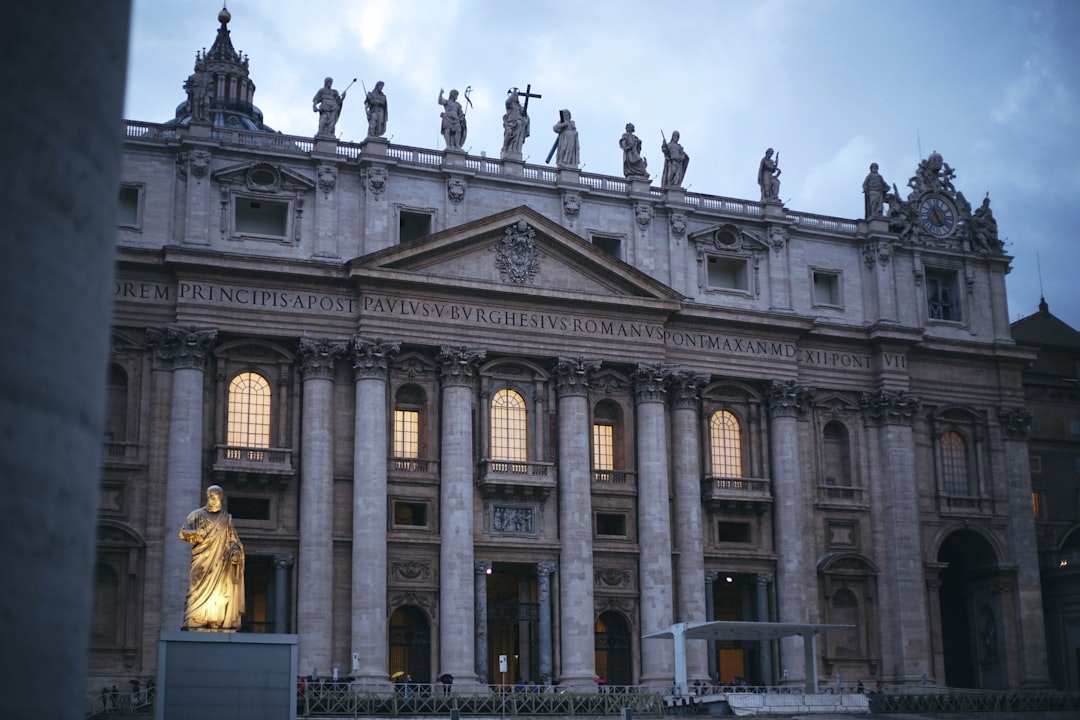Public art has always played a significant role in shaping and enhancing our communities. From monumental sculptures and murals to interactive installations and performances, public art has the power to transform ordinary spaces into vibrant and engaging cultural hubs that foster creativity, dialogue, and a sense of belonging.
One of the most obvious impacts of public art on our communities is its ability to beautify and enhance the aesthetic appeal of our surroundings. Whether it be a stunning mural on the side of a building or a striking sculpture in a public square, public art has the power to captivate and inspire, turning an otherwise mundane street corner into a visually stimulating work of art. By adding beauty and visual interest to our cities and towns, public art can help create a sense of pride and identity among residents, as well as attract visitors and tourists to explore and experience the unique artistic offerings of a community.
In addition to its visual impact, public art also has the power to provoke thought, spark dialogue, and challenge conventional notions. Many public art installations are created with a specific message or purpose in mind, whether it be to raise awareness about social or environmental issues, celebrate cultural diversity, or simply provide a platform for self-expression and artistic exploration. By engaging with these thought-provoking works of art, community members are encouraged to think critically, engage in meaningful conversations, and broaden their perspectives on a wide range of topics.
Furthermore, public art has the ability to create a sense of community and foster social connections among residents. Public art installations often serve as gathering places and meeting points for people of all ages and backgrounds to come together, interact, and share in the collective experience of appreciating art. Whether it be a community mural project that brings neighbors together to paint a vibrant masterpiece or a public performance that invites passersby to stop and watch in awe, public art has the power to create bonds and foster a sense of solidarity among community members.
Moreover, public art has the potential to drive economic development and revitalize neighborhoods. Studies have shown that the presence of public art in a community can attract new businesses, increase property values, and boost tourism, all of which contribute to the overall economic vitality of a neighborhood or city. By investing in public art projects and cultural initiatives, communities can create vibrant and thriving cultural districts that not only attract visitors and patrons but also support local artists and businesses.
Additionally, public art has the capacity to promote inclusivity and empower marginalized communities. By showcasing the work of artists from diverse backgrounds and highlighting the stories and experiences of underrepresented groups, public art can help to amplify voices that are often overlooked or silenced in mainstream society. Through the power of art, communities can come together to celebrate their differences, challenge stereotypes, and promote social justice and equality for all.
In conclusion, the impact of public art on our communities is undeniable. From its ability to beautify and enhance our surroundings to its power to provoke thought, foster community, drive economic development, and promote inclusivity, public art has the potential to transform and uplift our neighborhoods, cities, and societies. By investing in and supporting public art initiatives, communities can create vibrant, engaging, and culturally rich environments that inspire, unite, and empower all who call them home.

